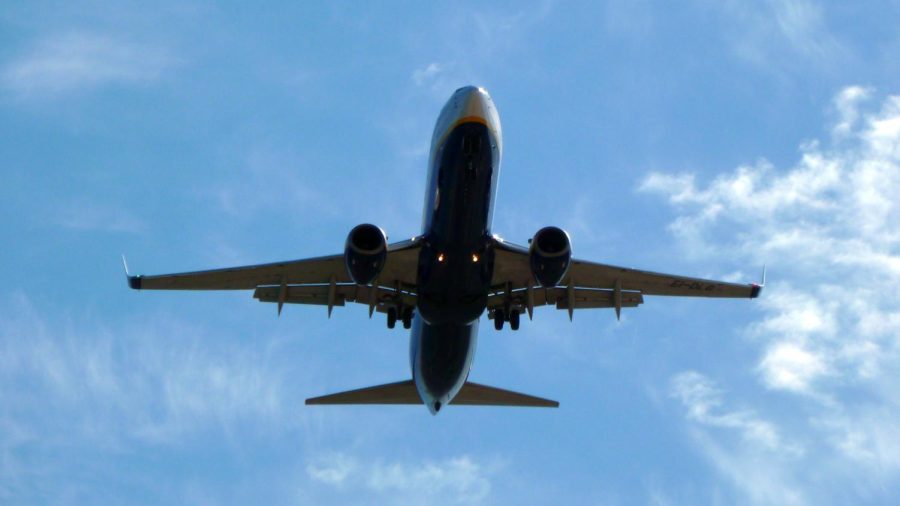How Objects And Animals Fly
A basic idea and explanation of flight
We all know that many things fly, like planes and birds, but how exactly do they fly? What helps to keep these objects and animals in the air? We can start by explaining how birds fly. As many people assume, birds fly by flapping their wings. But did you know that they use their tails to steer? When compared, the wings and propellers of an airplane correspond to the wings of a bird. But instead of using a tail to steer, airplanes use something called an aileron steer the plane. There is usually one aileron on the back of each wing of an airplane, and they are controlled by a control wheel or control stick. Ailerons work by how they change the shape of the wing.
All things fly as a result of four forces. These forces are lift, thrust, drag, and weight. Lift holds up an object, thrust is how it was put into the air, drag keeps the object from flying too fast and slows it down, and weight allows for the object to come back down to Earth.
Let’s imagine an example of something flying and see how the four forces work to help it fly. Think about throwing a ball. When you throw the ball, it represents thrust. When the ball is in the air, that represents lift. Drag kept the ball from moving too fast through the air, and weight allowed for the ball to fall back down to Earth.
Flight is much simpler than many people think when it is broken down this way. All it is at its base is just four forces! There are many other complicated concepts and ideas related to how objects fly, but this is the simplified, easy-to-understand version.
RELATED STORIES:
- https://www.britannica.com/animal/bird-animal/Flight#:~:text=Birds%20fly%20by%20flapping%20their,most%20of%20the%20propelling%20force.
- https://www.grc.nasa.gov/www/k-12/UEET/StudentSite/dynamicsofflight.html#:~:text=When%20air%20moves%20faster%2C%20the,wing%20up%20into%20the%20air.
- https://howthingsfly.si.edu/
- https://www.teachengineering.org/lessons/view/cub_mechanics_lesson01
- https://www.flyingmag.com/guides/how-do-planes-fly/
TAKE ACTION:















